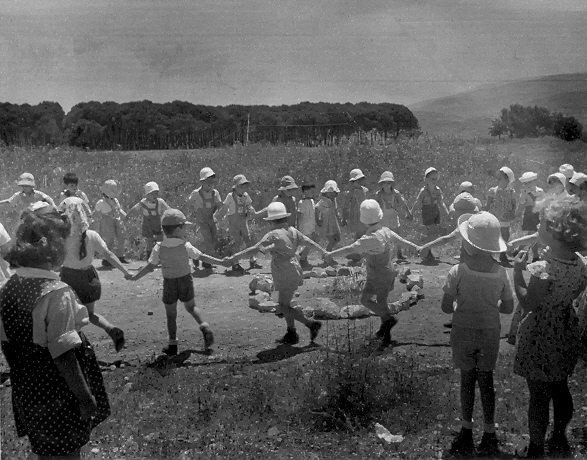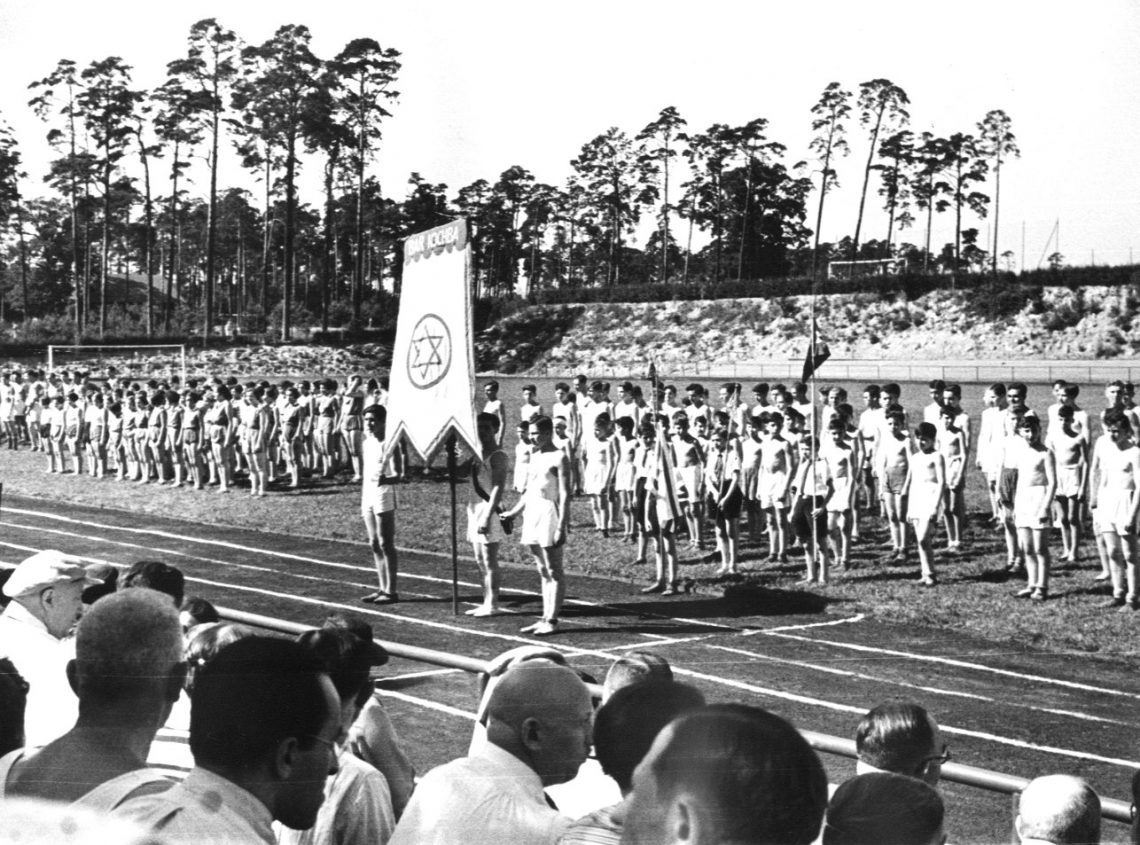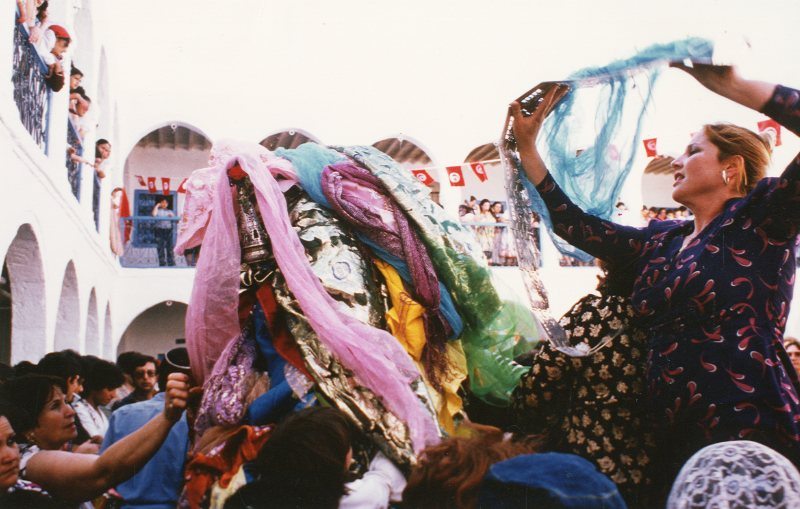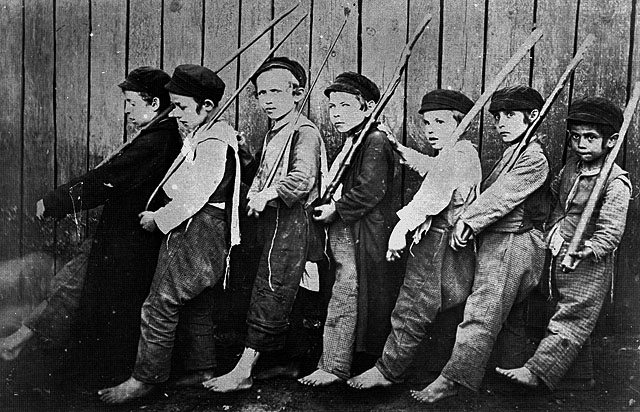Every Israeli child knows these lines by heart: “He (Bar Kokhba) was a hero, he struggled for freedom, the whole nation loved him. Hero!”. Written by Levin Kipnis in 1930, this children song depicts Bar Kokhba as a Jewish version of Che Guevara – tall, handsome, riding a roaring lion, wasting Romans in one hand, holding a flag of liberty in the other. Soon the song became popular in almost all Zionist youth movements and young pioneers were raised admiring the might of Bar Kokhba, who became, along with Mattathia and his sons the Hasmoneans – a national Jewish hero.
Almost every Bar Kokhba story includes an encounter with a lion; the same roaring lion, which was later used as a symbol of the Tel Hai fighters’ courage. Surprisingly, Kipnis did not read about the lion in reliable sources, in fact he borrowed the lion motif from a poem by Shaul Tchernichovsky, who adapted it from an essay by Kalmah Shulman, an author and translator, who completely fabricated the story of Bar Kokhba and the lion in a historical novel he published in 1858 called “The Ruins of Beitar”.

The origin of this glorification of Bar Kokhba lies in the famous speech by Max Nordau addressed 32 years before Kipnis’ song was written, called “Muscular Judaism”, in which he expressed his aspiration to form a new Jew – brave, mighty and muscular – inspired by the Maccabees and Bar Kokhba. The steering speech fell on attentive ears. Only a few weeks later, the “Bar Kokhba” Jewish gymnastic club was established in Berlin, after which many other clubs were formed.
So who really was Bar Kokhba? How can we tell apart the truth and the myth? Did he really deserve all the praise and glory shed on him by modern Jewish greatest authors and thinkers?
In c.131 the Roman emperor Adrianus took two anti-Jewish steps, one was a ban on circumcision, and the other – the establishing of Aelia Capitolina on the ruins of the temple in Jerusalem. As a result, the Jews in Zion suffered great distress. Those were hard times for the community, after the death of the leader, head of the Sanhedrin rabbi Gamliel and before his son, Simon Ben Gamliel, began to rule. The community suffered from lack of leadership as well as rough attitude from the Romans. At that time the central Jewish leadership split into several schools: the rabbi Akiva group in Lod, rabbi Elazar ben Azaria in Zipori, rabbi Tarfon in Yavne, and a few others. The authority decentralization caused conflicts and weakened the Jewish community. Under those circumstances Jews began to organize in gangs of murderers and robbers as a mean to revolt against the Romans after the penalty actions of Adrianus. They were not condemned, in some cases even secretly encouraged by rabbis and leaders. Hisrotian Gedalia Alon referred to it as “political crime”, i.e. a strategy of planned guerrilla actions against the organized Roman army.

Unlike the Great Revolt in 70a.c. on which the historian Yosef ben Matityahu left us plenty of detailed records, the Bar Kokhba revolt was hardly even recorded. We have a few sources on the events in Chazal literature, a few minor archaeological findings and some late Roman records. It is agreed that Simon ben Kosevah (apparently his original name. “Bar Kokhba” only appears in late Christian records and was accepted mistakenly) belonged to one of those gangs and soon became played a central role. He was not born to a distinguished family of priests nor came from a family of leaders, but apparently had a special charisma, which captured many people, especially rabbi Akiva, who even declared he was nothing less of a Messiah.

However rabbi Akiva was not part of the consensus. In Taanit volume it is told about rabbi Yochanan ben Torata who used to provoke rabbi Akiva’s declarations about Bar Kokhba being the Messiah, and say “weed will grow on your face before the Messiah will come”. In Chazal literature there we find both admiration for Bar Kokhba’s courage but also objections to his cruelty. For example, it is told that the tryouts to his army included self-amputating of one finger. After some pressure from the rabbis, Bar Kokhba agreed to replace this with another trial: pulling a cedar while riding on a horse back.

The sages had their reservations about Bar Kokhba, therefore they kept silent. They did not even mention the feast of Lag BaOmer as a holiday. The feast is first mentioned in the 12th century as a celebration of the end of the plague that killed rabbi Akiva’s disciples. 400 years later in the “Zohar”, the feast was mistakenly set as the anniversary of the death of rabbi Simon bar Yochai, and only in the 19th century did it become a national Zionist day.
On the one hand, Bar Kokhba’s revolt was a fail: thousands of Jews were killed and the Roman decrees against the Jews were not cancelled. On the other hand, we have to admit the man was probably a gifted strategist and a brilliant commander, as the Romans too suffered great losses. For three years he managed to hold on against a massive force of 11 legions – one third of the Roman army altogether. To get some perspective, the Romans only needed 4 legions to overpower the Great Revolt of 70.
Extreme pacifists will probably say it is not worth to lose a life for any kind of ideology. Obviously the Jews in the 2nd century were not pacifists. The Roman Empire wished to force Hellenism and to destroy their religious Jewish identity, which in the absence of the temple was their most precious asset.
So was Bar Kokhba a national hero or a reckless adventurer? We will probably never know the answer to that.